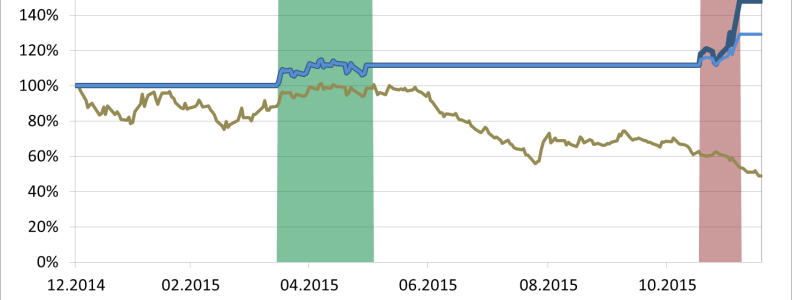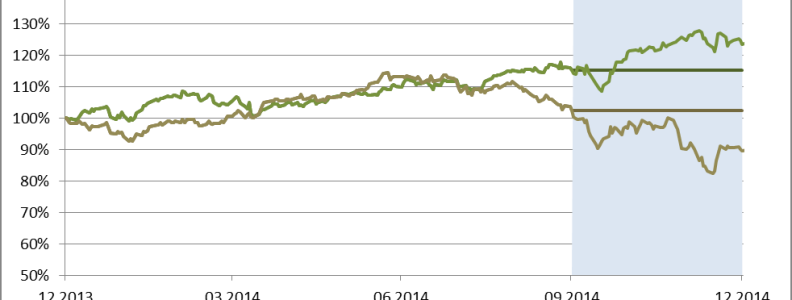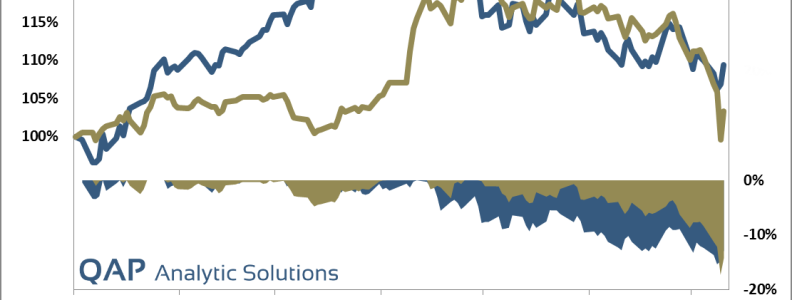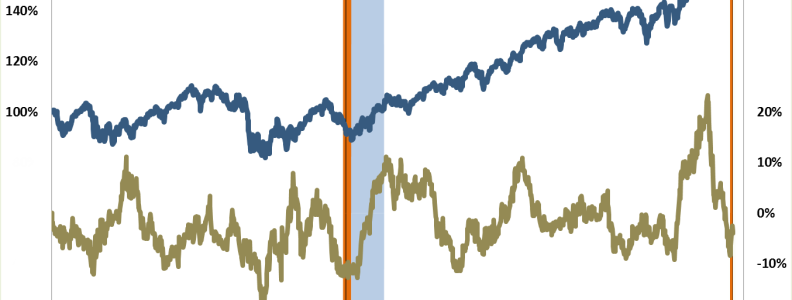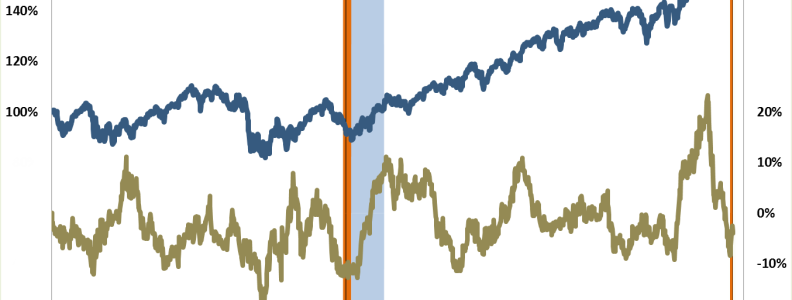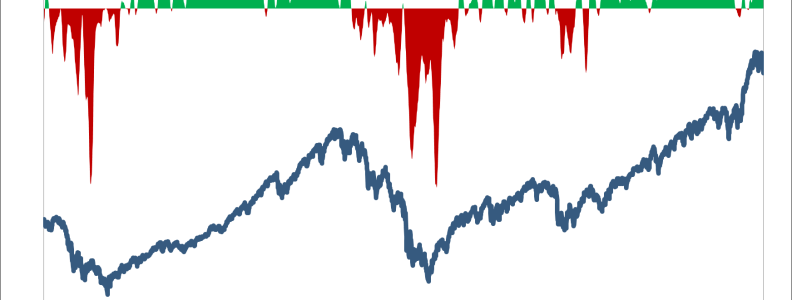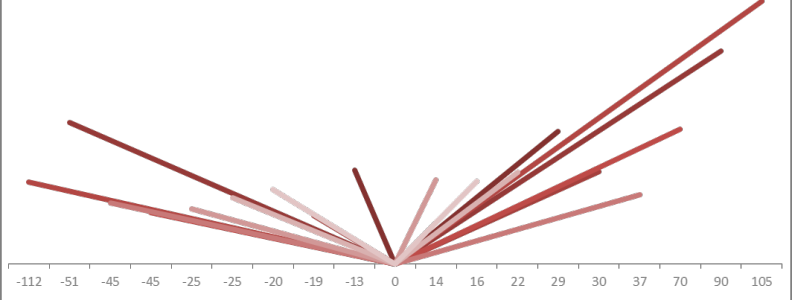Financial markets in the first quarter, as well as in the last few months of 2015, were characterized by uncertainty and high volatility. Expectations about the next interest rate decisions determined the uncertainty in the stock and bond markets while market participants seemed not to agree on the cause of the further decline in oil prices. Is it decreasing demand or a supply shock? In combination with financial markets that are more and more driven by models and technology, fast and extreme moves in both directions are the results. Continue reading
QAP First Quarter 2016 Review


